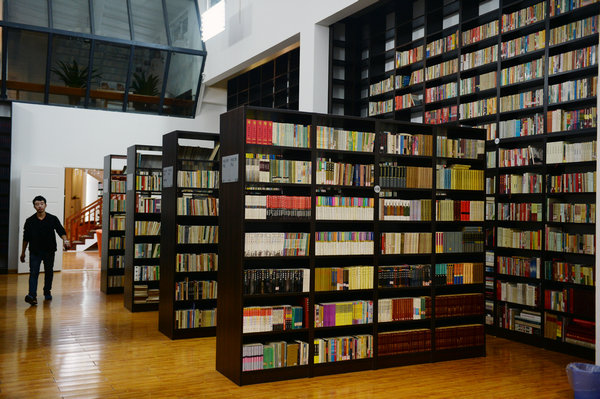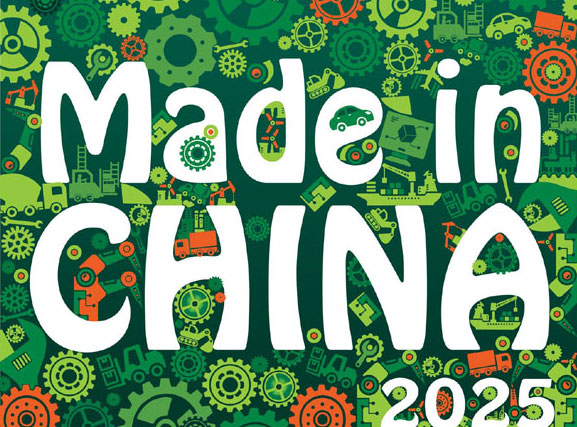A treasure trove of knowledge
Updated: 2015-12-30 08:10
By Yang Yang(China Daily)
|
|||||||||||
 |
|
A visitor at the newly opened Zashuguan library in Beijing. The private library has a large collection of books and periodicals published before 1949.[Photo by Tan Qing/ China Daily] |
It was opened in late November to the public. And it has a large collection of books and periodicals published before 1949 and after, comparable in number with or even larger than leading domestic public libraries.
People interested in Chinese books and periodicals published in the late Qing Dynasty (1644-1911) and the Republic of China before 1949 can visit Zashuguan library in northeastern Beijing.
The library consists of two sections. One is a two-story "new library", which contains books published after 1949. Here, locals and visitors can take books from the open shelves and sit on the couches and chairs to browse through them.
The other section is the "older" one, where more precious books, periodicals and materials published before 1949 are kept.
Readers are therefore not allowed to stroll through the three-story building searching for books on their own.
A private library that was opened in late November to the public, Zashuguan is characterized by za (diversification).
It has a large collection of books and periodicals published before 1949, comparable in number with or even larger than leading domestic public libraries, such as the National Library of China, in categories like periodicals from the late Qing Dynasty and the Republic of China, folklore, librettos for local Chinese operas, and ancient encyclopedias that cover matters relating to ordinary people's daily lives-from growing vegetables to managing family finance.
"We have more than 14,000 titles of periodicals that were published from the late Qing Dynasty to the founding of the People's Republic of China, in comparison with a total of 15,000 titles in the National Library of China and Shanghai Library," says Zhao Xiao, deputy curator of Zashuguan.
On the ground floor are more than 50,000 titles in English and other languages published since the 17th century, including more than 10,000 titles about China that were published overseas before 1949. The foreign publications are about adventures in China, records of historical events from personal experience and China's folk culture studies.
On the second floor are the most valuable books and materials.
China's system of higher education started in the late Qing Dynasty. Offering evidence of this is Zhao, who walks to the shelves, and takes a yellow-leaved book with dog ears from a stack.
It is a textbook of the Imperial Tientsin University (former Tianjin University) founded in 1895, the first modern university in China.
On the lower part of the torn cover are printed characters which say: "Save our nation with science and education. Reconstruct our nation using entrepreneurship."
"We might have the largest and best collection of early teaching materials in China," says Zhao.
From another shelf, he pulls out Public International Law, of which he says there are five versions. Another book is compiled by Liang Qichao, one of the major advocates of Western learning in the late Qing Dynasty. He used the book to introduce Western experience for China's social development.
Related Stories
Jiading library gets award as an advanced collective 2015-12-29 17:35
SW China's largest library to open in Chengdu 2015-12-24 17:02
Karamay Municipal Library hosts poetry recitation competition 2015-12-18 14:17
Queens Library enhances China-related collection 2015-12-14 11:55
Shandong Library launches 'Reading Month' 2015-12-04 16:54
Today's Top News
Germany to spend 17b euros on refugees in 2016
Demand booms for high-end financial talent
Abe expresses apology for Korean victims of comfort women
North China encounters gas supply shortage
Asian Infrastructure Investment Bank launched
Russia says it has proof of Turkey's support for IS
Investors adjusting expectations
India and Russia eye nuclear, helicopter deals
Hot Topics
Lunar probe , China growth forecasts, Emission rules get tougher, China seen through 'colored lens', International board,
Editor's Picks

|

|

|

|

|

|






